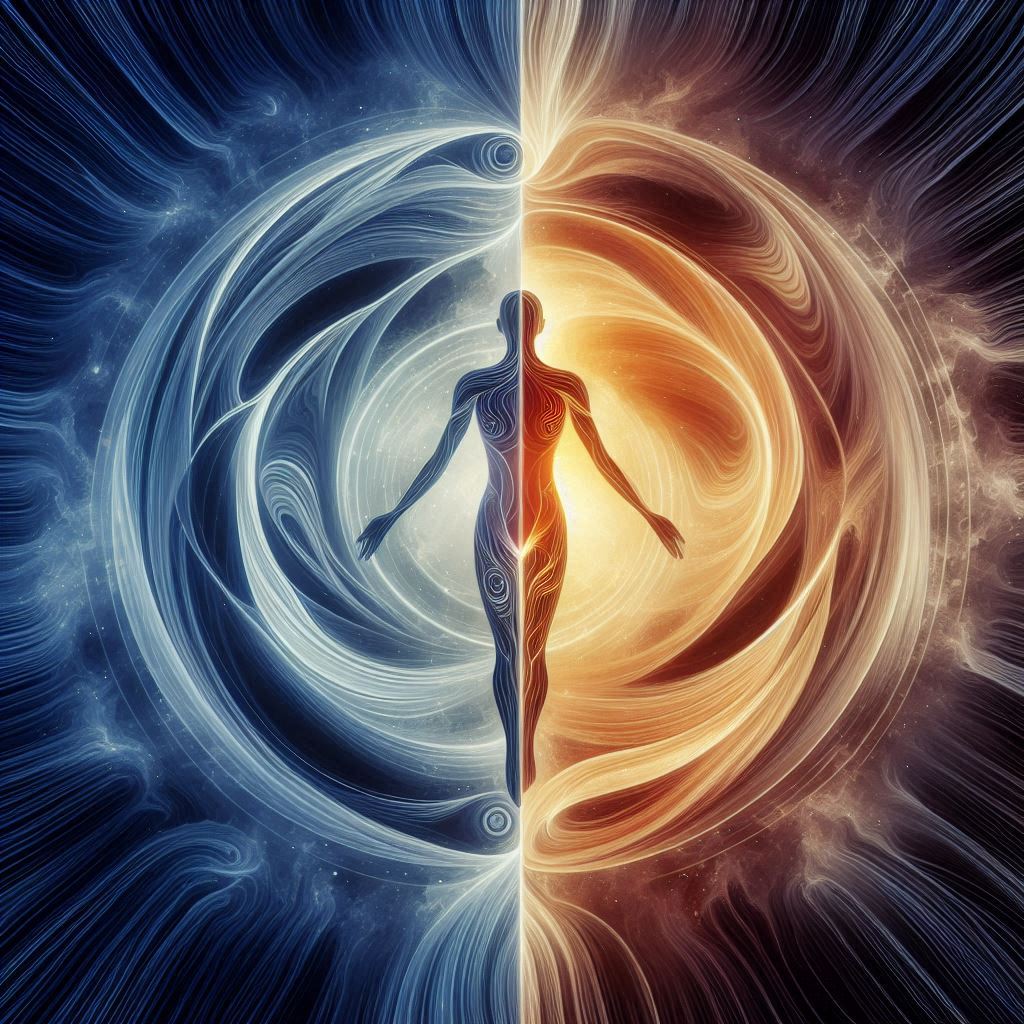In the realm of human consciousness, many have pondered over the connection between mind and body. For the dualists, this question is not merely academic; it is the foundation of their understanding. They see the mind and body as two distinct entities, coexisting yet fundamentally separate.
Dualists believe that the mind is a realm of thought, emotion, and awareness, while the body is the vessel, the tangible form that moves through the physical world. This belief shapes the way they interpret human experience. By viewing the mind and body as separate, they seek to uncover a deeper truth about the self.
The separation between mind and body raises profound questions about the nature of existence. If the mind is not bound to the body, what implications does that have for our identity, our purpose, and our understanding of life itself? Dualists find in this question an invitation to explore beyond the limits of the physical.
One key insight dualism offers is the notion that consciousness is not purely a product of the brain. To the dualist, thoughts and emotions are not merely chemical reactions but experiences that transcend the physical. They argue that consciousness is not confined to the flesh, but exists in a domain that science cannot fully capture.
The body, according to dualist thought, serves as an instrument, responding to the commands of the mind. Just as a musician plays an instrument, the mind guides the body through life’s symphony. In this relationship, the body listens, but it is the mind that leads the way.
This view has far-reaching implications for how we approach health and well-being. Dualists believe that mental and spiritual practices can influence the physical state, as the mind holds a unique power to heal and transform. This belief reinforces the importance of cultivating inner harmony, not just for mental clarity but for physical vitality as well.
Another insight dualism provides is a framework for understanding experiences that seem to transcend the physical, such as dreams, intuition, or moments of spiritual awakening. For the dualist, these experiences are evidence of the mind’s independence from the body. In their view, these moments are glimpses into a reality that is often hidden by the demands of the physical world.
Finally, dualism encourages a view of death that is less constrained by the limitations of the body. If the mind is separate from the body, death is not necessarily the end but a transition to a new state of being. For the dualist, the essence of who we are is not tied to the mortal form but belongs to a deeper, unseen dimension.
In embracing dualism, one learns to appreciate both the tangible and the intangible aspects of existence. The body, with all its senses and physicality, enriches life, while the mind offers the depth of self-awareness and insight. Together, they form a complete human experience, each aspect enhancing the other, yet remaining uniquely distinct.
This dance of separation and connection challenges us to explore life with a wider lens. Dualism teaches that by understanding the mind as distinct from the body, we can better navigate the complexities of life. It’s a call to explore the richness of both realms, and in doing so, to transcend the limits of both.
“Duality Unbound” Gallery Canvas Wraps, Square Frame
“Duality Unbound” is an evocative piece that explores the concept of balance and the interplay of opposing forces. The artwork portrays a silhouetted human figure standing at the heart of a dynamic vortex, split down the middle between luminous, swirling blue energy and intense, fiery orange light. The figure represents the harmonious union of duality—light and dark, cold and heat, yin and yang—symbolizing the essence of human existence as a blend of contrasts. The intricate patterns radiating outward evoke a sense of cosmic connection and flow, inviting the viewer to reflect on the infinite nature of balance within the universe and within themselves.










